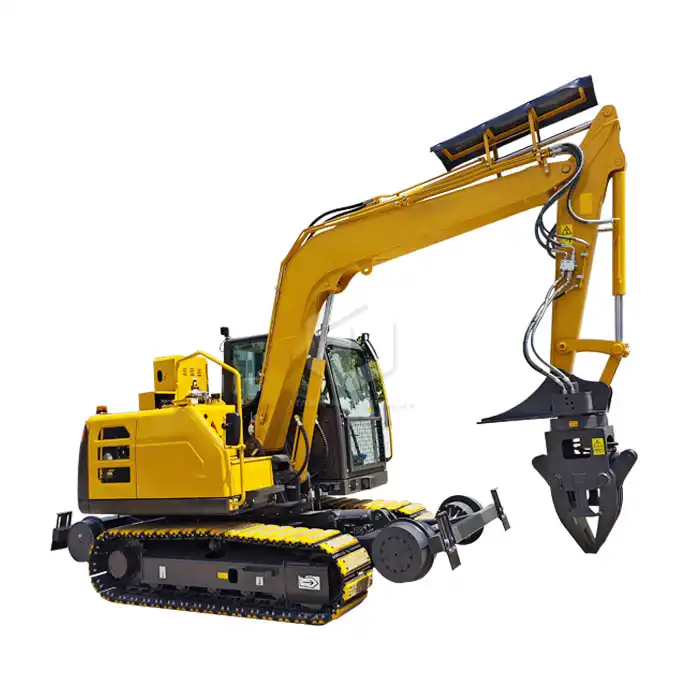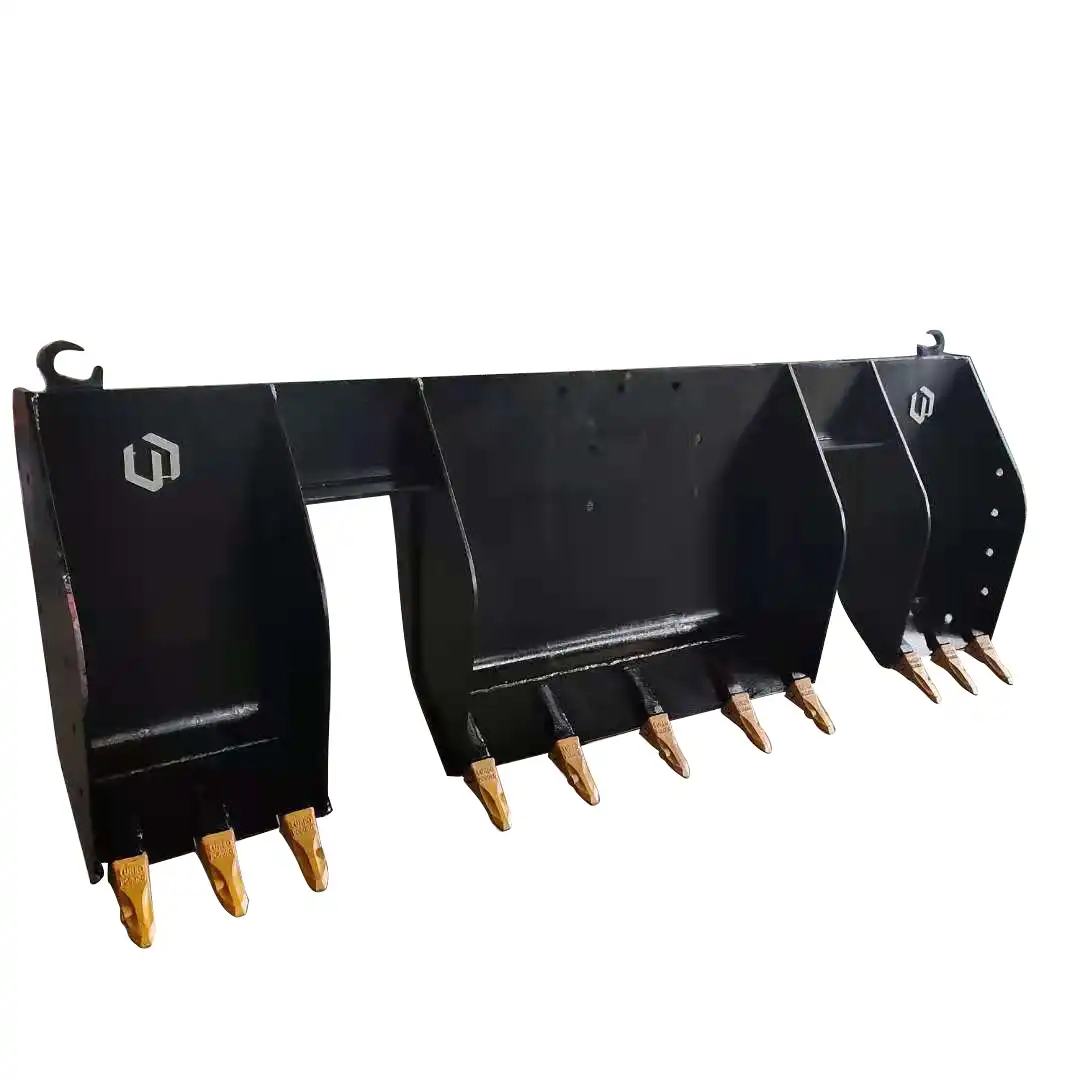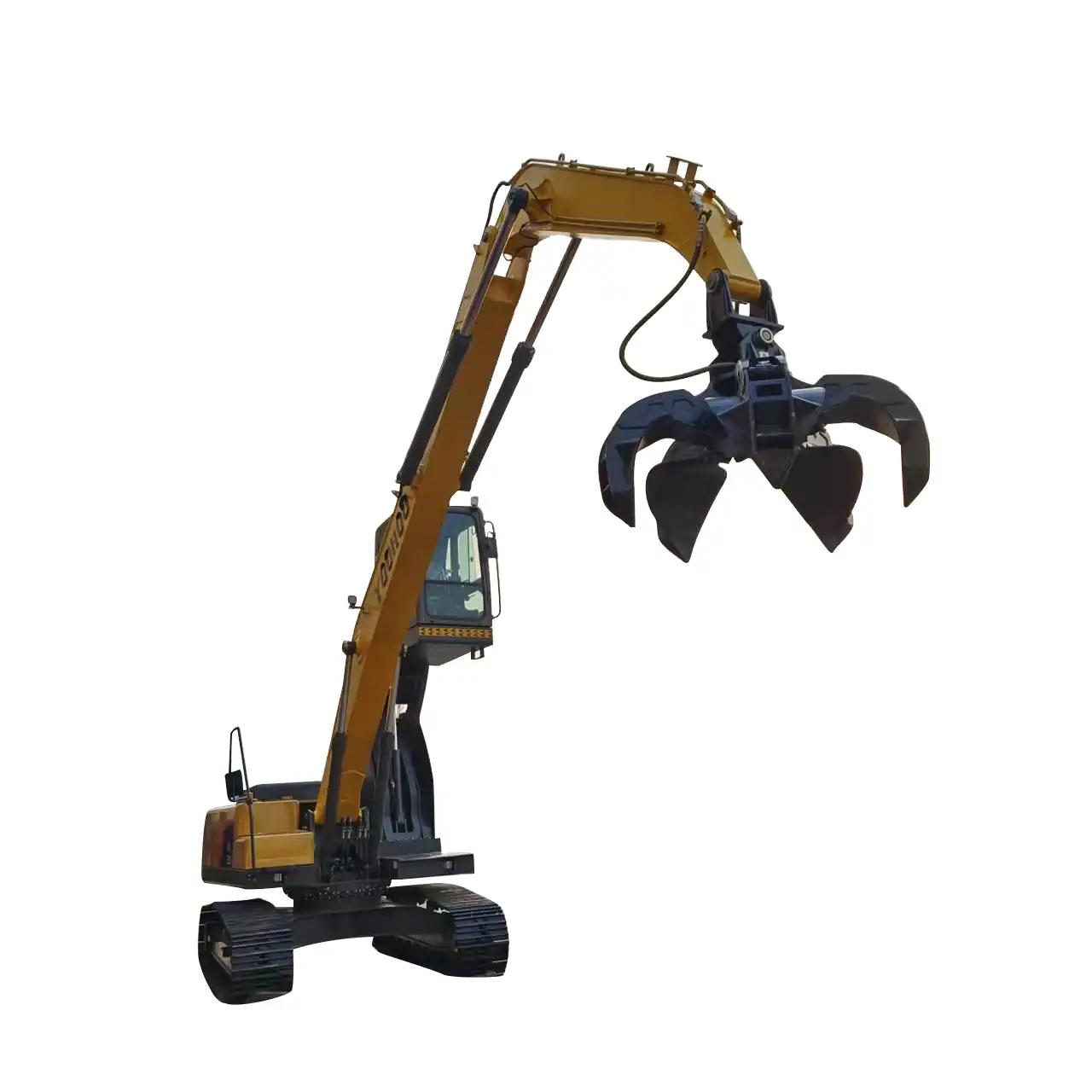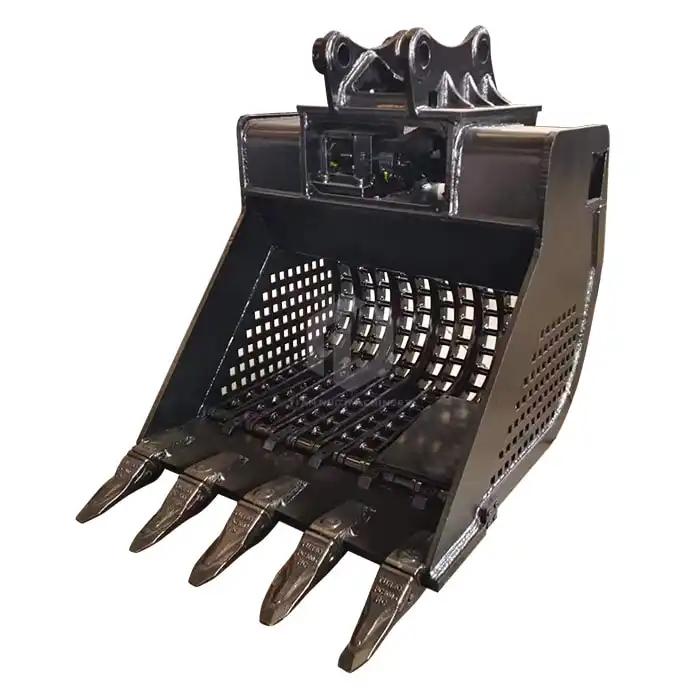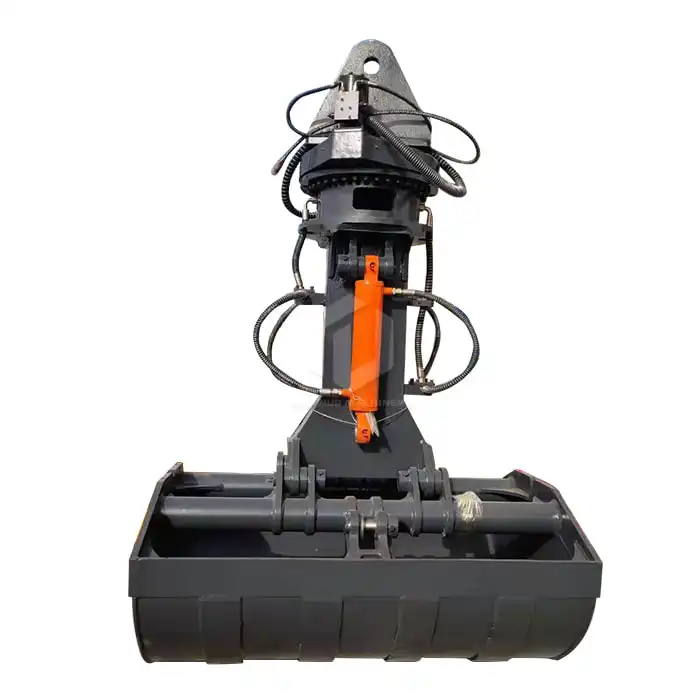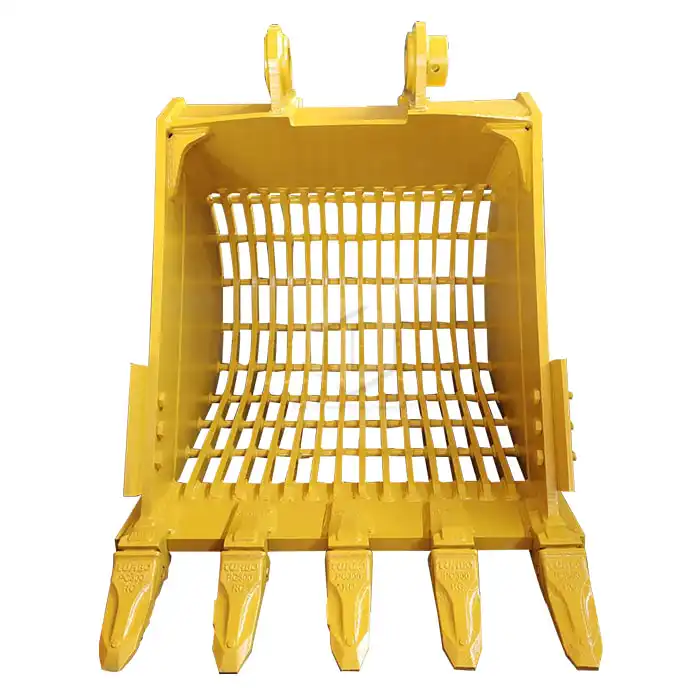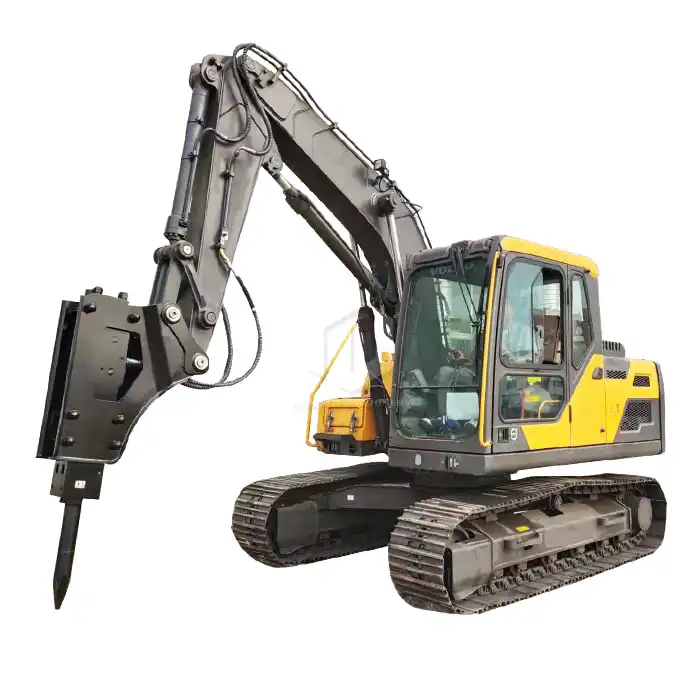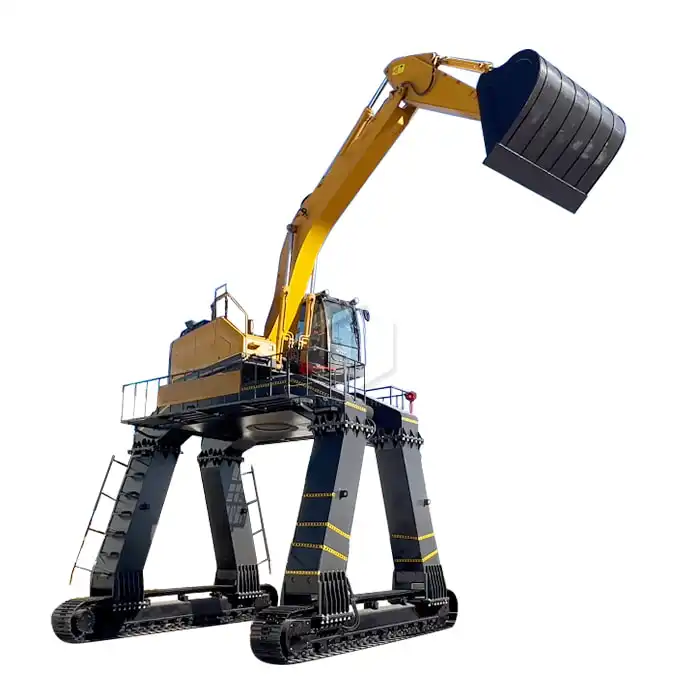Is standard size excavator boom and arm compatible with different models of excavators?
In the world of heavy machinery, excavators play a crucial role in various construction and earthmoving projects. One of the most common questions that arise among equipment operators and managers is whether standard size excavator boom and arm components are compatible across different excavator models. This article delves into the intricacies of excavator boom and arm compatibility, exploring the factors that determine interchangeability and the implications for equipment owners and operators.

What determines the compatibility of an excavator boom and arm?
The compatibility of an excavator boom and arm with different models is influenced by several key factors. Understanding these elements is crucial for anyone considering using standard size components across various excavator brands or models.
1. Mounting system: The primary factor determining compatibility is the mounting system used to attach the boom and arm to the excavator's body. Different manufacturers may employ proprietary mounting designs, making it challenging to interchange components between brands. However, some standardization efforts have led to increased compatibility within certain size classes.
2. Hydraulic system specifications: The hydraulic system of an excavator is intricately designed to work with specific boom and arm configurations. Factors such as hydraulic pressure, flow rates, and cylinder sizes must match the requirements of the boom and arm for optimal performance and safety.
3. Weight and balance: Each excavator model is engineered with a specific weight distribution in mind. Using a boom and arm from a different model or brand may alter the machine's center of gravity, potentially compromising stability and safety during operation.
4. Control systems: Modern excavators often feature advanced control systems that are calibrated for specific boom and arm combinations. Interchanging components may require recalibration or could result in reduced precision and efficiency.
Can a standard-size boom and arm be installed on various excavator brands?
The possibility of installing a standard-size boom and arm on different excavator brands depends on several factors and considerations:
1. Size class compatibility: Within certain size classes, there may be some level of standardization that allows for interchangeability between brands. For example, mini excavators or compact excavators might have more uniformity in their boom and arm specifications.
2. Aftermarket options: Some third-party manufacturers produce standard size excavator boom and arm components designed to fit multiple brands. These aftermarket options can offer increased flexibility but may require careful consideration of compatibility and performance.
3. Manufacturer partnerships: In some cases, excavator manufacturers may form partnerships or agreements that allow for component sharing or standardization across certain models or brands.
4. Custom adaptations: With proper engineering and modifications, it may be possible to adapt a standard-size boom and arm to fit different excavator models. However, this approach requires expertise and may have implications for warranty and safety certifications.
While there is some potential for cross-brand compatibility, it's essential to note that many excavator manufacturers design their components to work specifically with their own machines. This approach ensures optimal performance, safety, and longevity of the equipment.
How does hydraulic system compatibility affect boom and arm interchangeability?
The hydraulic system plays a critical role in the operation of an excavator's boom and arm, and its compatibility is a key factor in determining whether standard size components can be interchanged between different models or brands.
1. Hydraulic pressure requirements: Different excavator models may operate at varying hydraulic pressures. Using a boom and arm designed for a different pressure range can lead to poor performance, increased wear, or even hydraulic system failure.
2. Flow rate compatibility: The flow rate of hydraulic fluid is crucial for the smooth and efficient operation of the boom and arm. Mismatched flow rates can result in sluggish movement or overheating of the hydraulic system.
3. Cylinder size and stroke: The hydraulic cylinders that control the boom and arm movement must be compatible with the excavator's hydraulic system. Differences in cylinder size or stroke length can affect the machine's reach, digging depth, and overall performance.
4. Hydraulic hose and fitting compatibility: The connections between the excavator's hydraulic system and the boom and arm components must be compatible. Differences in hose sizes, fittings, or quick-connect systems can make installation challenging or impossible without significant modifications.
5. Control valve specifications: The control valves that regulate hydraulic flow to the boom and arm must be compatible with the specific components. Mismatched valves can lead to poor responsiveness or inadequate control over the equipment.
6. Hydraulic oil compatibility: Different hydraulic systems may require specific types of hydraulic oil. Using incompatible oil can lead to seal degradation, reduced efficiency, or system damage.
Given these considerations, it's clear that hydraulic system compatibility is a critical factor in determining whether a standard size excavator boom and arm can be successfully installed on different excavator models. While some level of interchangeability may be possible within certain size classes or through carefully engineered aftermarket solutions, it's essential to consult with experts and manufacturers before attempting to interchange components.
Tiannuo Standard Size Excavator Boom And Arm
The compatibility of standard size excavator boom and arm components across different models and brands is a complex issue influenced by various factors, including mounting systems, hydraulic specifications, weight distribution, and control systems. While some level of interchangeability may be possible within certain size classes or through aftermarket solutions, it's crucial to carefully consider all aspects of compatibility before attempting to use standard components across different excavator models.
For those in search of high-quality, compatible standard size excavator boom and arm components, Tiannuo Machinery stands out as a leading manufacturer and supplier with over a decade of industry experience. Our products boast the following features:
- Material: High-strength steel for durability and performance
- Maximum reach: Up to 15 meters, providing excellent versatility
- Lifting capacity: Up to 30 tons, suitable for a wide range of applications
- Compatible excavator models: Designed to work with all major brands
- Customization: Available to meet specific requirements
If you're in the market for reliable standard size excavator boom and arm components, we invite you to explore Tiannuo Machinery's offerings. Our team of experts is ready to assist you in finding the perfect solution for your excavator needs. For more information or to discuss your requirements, please don't hesitate to reach out to our manager at arm@stnd-machinery.com or contact our team members at rich@stnd-machinery.com and tn@stnd-machinery.com. Let Tiannuo Machinery be your trusted partner in optimizing your excavator's performance and versatility.
References:
- Holt, G. D., & Edwards, D. J. (2013). Analysis of United Kingdom off-highway construction machinery market and its consumers using new-sales data. Journal of Construction Engineering and Management, 139(5), 529-537.
- Ahn, K., & Yokota, S. (2005). Intelligent switching control of pneumatic actuator using on/off solenoid valves. Mechatronics, 15(6), 683-702.
- Gasparri, A., Swords, S., Zhu, X., & La, H. M. (2020). A framework for the stability analysis of excavators on irregular terrains. Automation in Construction, 119, 103378.
- Choi, J. (2010). Robust control of hydraulic excavator using μ-synthesis. Journal of Construction Engineering and Management, 136(1), 161-166.
- Spinelli, R., Magagnotti, N., & Schweier, J. (2017). Trends and perspectives in coppice harvesting. Croatian Journal of Forest Engineering: Journal for Theory and Application of Forestry Engineering, 38(2), 219-230.

